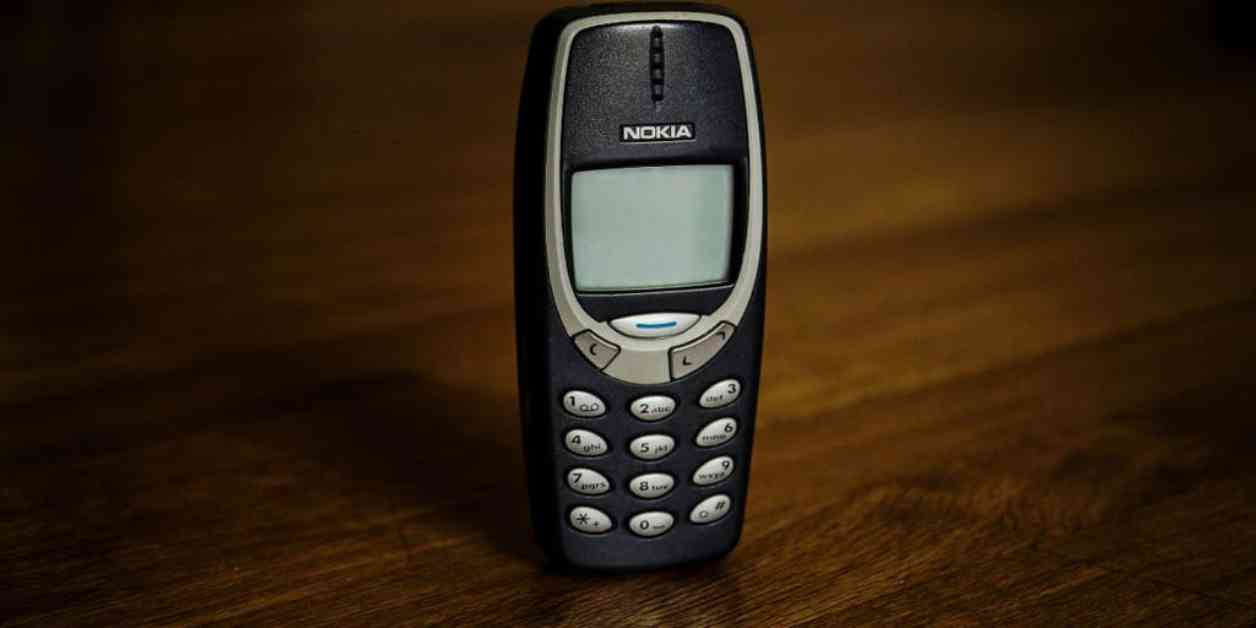Smartphones have become a significant distraction in our daily lives. The average American spends 4.1 hours a day staring at their smartphone screen, which can lead to various health issues and feelings of isolation. To combat this, some people are turning to “dumbphones,” which are basic cellphones reminiscent of the ’90s. These phones focus on essential functions like calling and texting, without the distractions of smartphone apps.
The shift towards dumbphones is driven by a desire for simplicity and a reduction in digital footprint. Many users appreciate the basic functionalities of dumbphones, which help them disconnect from constant connectivity and information overload. As a result, the popularity of dumbphones is on the rise, especially among younger generations who are embracing retro technologies.
If you feel overwhelmed by your smartphone usage or are concerned about its impact on your mental health, switching to a dumbphone could be beneficial. Some users opt to keep both a smartphone and a dumbphone, switching between the two as needed. This approach allows for a balance between digital connectivity and real-life interactions.
For older generations who primarily use smartphones for basic functions like calling and texting, transitioning to a dumbphone may not be necessary unless they are looking to save money on their phone bill. However, for those who find themselves constantly distracted by their smartphones, using a dumbphone could help improve focus and reduce screen time.
Have you or someone you know switched to a dumbphone? What motivated this decision? Would you consider trading in your smartphone for a simpler device? Share your thoughts and experiences with us. Subscribe to Kurt’s CyberGuy Newsletter for more tech tips and security alerts. Stay connected with Kurt on his social media channels for the latest updates and insights on technology.



